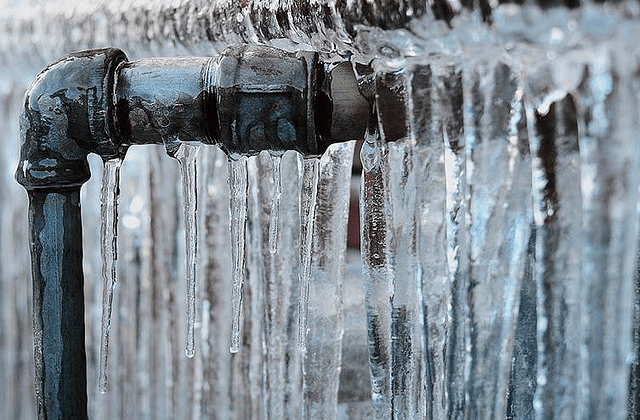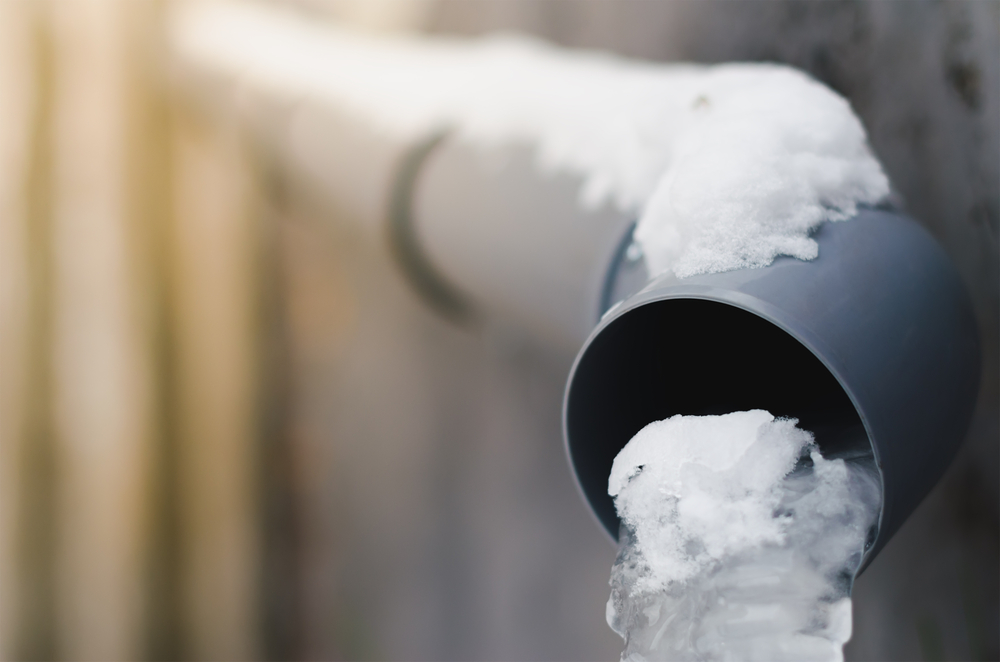Guidance for Avoiding Frozen Plumbing in Cold Weather: Professional Advice
Guidance for Avoiding Frozen Plumbing in Cold Weather: Professional Advice
Blog Article
Just about every person seems to have their personal idea when it comes to Helpful Tips to Prevent Frozen Pipes this Winter.

Cold weather can ruin your pipes, particularly by freezing pipelines. Here's exactly how to stop it from happening and what to do if it does.
Introduction
As temperature levels decrease, the danger of frozen pipes increases, possibly leading to expensive repairs and water damages. Comprehending how to prevent frozen pipelines is vital for property owners in chilly climates.
Prevention Tips
Shielding at risk pipelines
Wrap pipes in insulation sleeves or use warmth tape to secure them from freezing temperatures. Focus on pipes in unheated or external locations of the home.
Heating techniques
Keep indoor rooms sufficiently heated up, specifically areas with pipes. Open up closet doors to permit cozy air to flow around pipes under sinks.
How to determine icy pipes
Look for decreased water circulation from taps, unusual smells or noises from pipes, and noticeable frost on exposed pipelines.
Long-Term Solutions
Architectural modifications
Think about rerouting pipelines far from outside walls or unheated locations. Include extra insulation to attics, cellars, and crawl spaces.
Updating insulation
Buy high-grade insulation for pipes, attic rooms, and walls. Appropriate insulation aids keep regular temperatures and reduces the danger of frozen pipes.
Safeguarding Outside Pipes
Yard pipes and outdoor faucets
Separate and drain pipes yard pipes before wintertime. Install frost-proof faucets or cover exterior faucets with shielded caps.
Recognizing Frozen Pipes
What creates pipes to freeze?
Pipelines freeze when subjected to temperatures below 32 ° F (0 ° C) for prolonged durations. As water inside the pipelines ices up, it increases, putting pressure on the pipeline wall surfaces and potentially triggering them to rupture.
Risks and problems
Icy pipes can bring about water disturbances, property damages, and expensive repair services. Burst pipes can flooding homes and trigger extensive architectural damage.
Signs of Frozen Pipeline
Recognizing frozen pipes early can stop them from rupturing.
What to Do If Your Pipelines Freeze
Immediate activities to take
If you believe icy pipelines, keep taps open to alleviate stress as the ice melts. Make use of a hairdryer or towels taken in hot water to thaw pipelines gradually.
Verdict
Preventing icy pipelines needs positive procedures and quick reactions. By understanding the reasons, indicators, and preventive measures, home owners can secure their plumbing throughout winter.
6 Proven Ways to Prevent Frozen Pipes and Protect Your Home
Disconnect and Drain Garden Hoses
Before winter arrives, start by disconnecting your garden hoses and draining any remaining water. Close the shut-off valves that supply outdoor hose bibs and leave the outdoor faucet open to allow any residual water to drain. For extra protection, consider using faucet covers throughout the colder months. It’s also important to drain water from any sprinkler supply lines following the manufacturer’s directions.
Insulate Exposed Pipes
Insulating your pipes is an effective way to prevent freezing. Pipe insulation is readily available at home improvement stores and is relatively inexpensive. Pay close attention to pipes in unheated areas such as the attic, basement, crawl spaces, or garage. Apply foam insulation generously to create a buffer against the cold. You can also wrap your pipes in heat tape or thermostat-controlled heat cables for added warmth.
Seal Air Leaks
Inspect your home for any cracks or openings that could let in cold air. Seal any holes around the piping in interior or exterior walls, as well as the sill plates where your home rests on its foundation. Additionally, make sure to keep your garage door closed unless you’re entering or exiting. Leaving it open creates a significant air leak that can lead to frozen pipes.
Allow Warm Air Circulation
During cold snaps, it’s essential to allow warm air to circulate evenly throughout your home. Leave interior doors ajar to promote better airflow. Open kitchen and bathroom cabinets to help distribute heat consistently around the rooms. If you have small children or pets, be sure to remove any household chemicals or potentially harmful cleaners from open cabinets for safety.
Let Faucets Drip
A small trickle of water can make a big difference in preventing ice formation inside your pipes. When temperatures drop significantly, start a drip of water from all faucets served by exposed pipes. This continuous flow helps prevent the water from freezing. Additionally, running a few faucets slightly can relieve pressure inside the pipes, reducing the chances of a rupture if the water inside does freeze.
https://choateshvac.com/6-proven-ways-to-prevent-frozen-pipes-and-protect-your-home/

I was introduced to that article about Winter Plumbing Precautions: Preventing Frozen Pipes from a friend on another web blog. Do you know about somebody who is curious about the niche? Be sure promote it. Bless you for your time. Return soon.
Give Me A Quote! Report this page